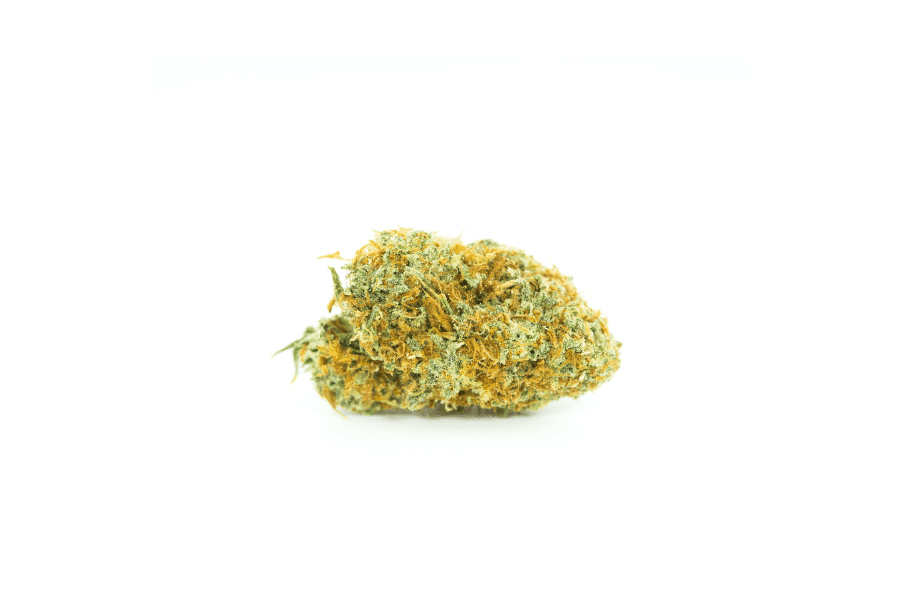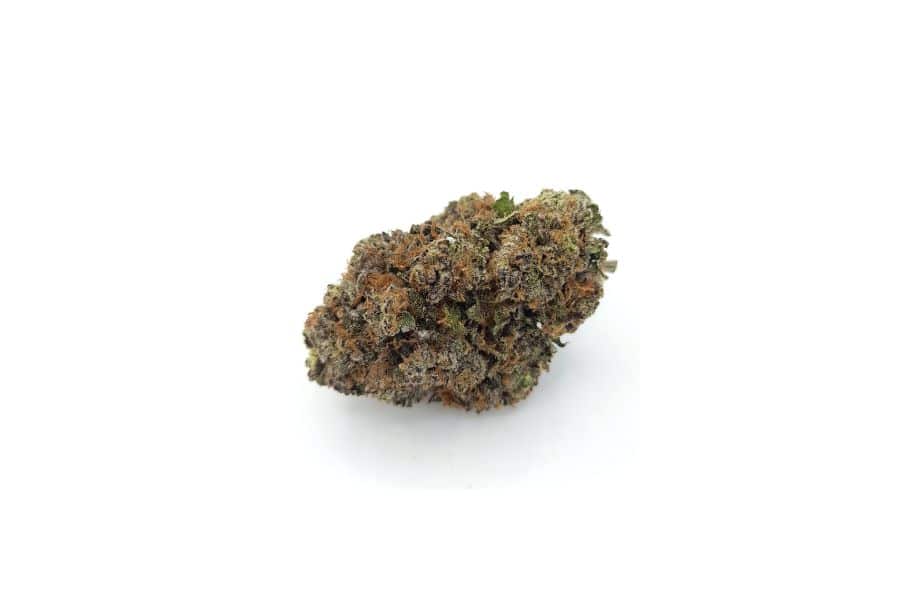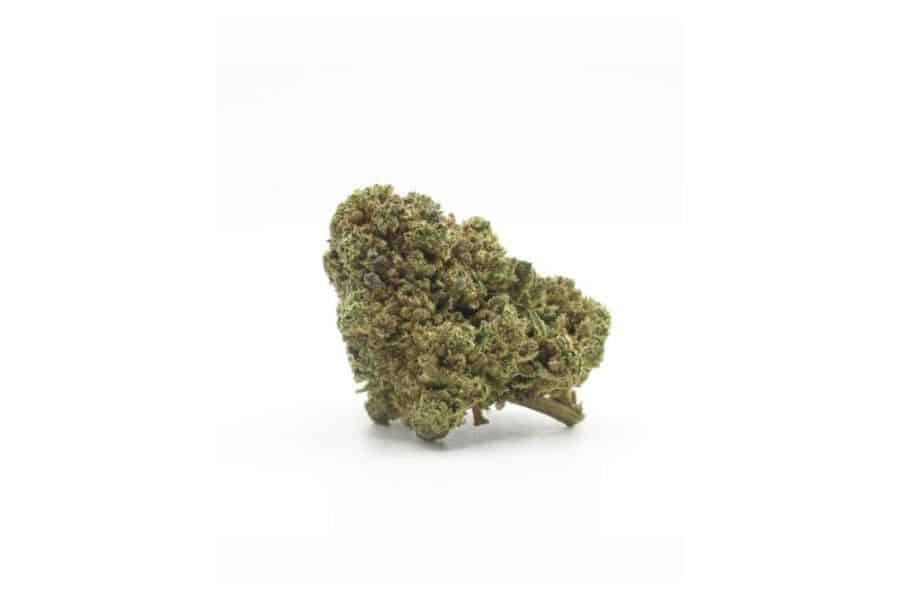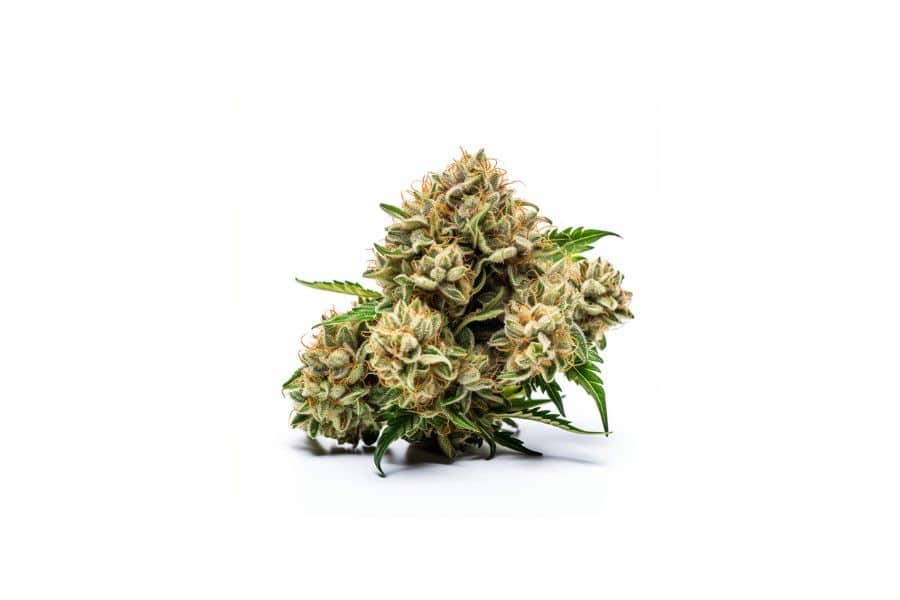Afghan Kush
The information presented on this page is intended solely for descriptive purposes and should not be considered a review or medical advice. The actual effects of the cannabis strain may vary. It is important to use marijuana responsibly. We recommend that you consult a healthcare professional before adding cannabis to your health regimen.
Quick info
CBD
4%
THC
20%
Effects & Usage
Benefits
Afghan Kush, an admired gem from the mighty Hindu Kush mountains, is loved for its legendary landrace lineage and powerful therapeutic potential. It offers a luxurious experience that transports the users to a world of serenity and relaxation. This pure Indica boasts not only high THC content (with 21% on average) but also a substantial amount of CBD (6%) and CBN (1%), providing relief from various ailments.
Onset
The onset of Afghan Kush is slow and gradual. The strain gently wraps you up in its serene embrace, starting with a tingling sensation all over your body. It will lift your mood, making you happy and blissful. This progressively turns into physical relaxation so deep that you may feel the need to lie down. You will feel blissfully relaxed and mellow, unwilling to move around or do much. As such, it is the ideal choice for those seeking respite from the hustles of everyday life. This experience is often described as a relaxing journey that leaves you feeling at peace and in harmony with your surroundings.
While these sensations are delightful, they do not foster much productivity or creativity. Therefore, it is best to keep the consumption to free evenings when you do not have much to do and can fully immerse yourself in this strain’s soothing effects.
If you like landrace strains, try Hindu Kush or Acapulco Gold as well.
Uses
Afghan Kush can be therapeutic to both the body and the mind, thanks to its rich cannabinoid profile. Its high THC content works in sync with CBD and CBN to provide a soothing respite from pain and stress. These properties will be appreciated by anyone dealing with conditions like chronic pain and arthritis, muscle spasms, headaches and migraines. Furthermore, the strain is so relaxing that it will uplift those dealing with mood disorders and anxiety and help facilitate peaceful, deep sleep for those struggling with insomnia.
Side effects
Common side effects of Afghan Kush include dry mouth and dry eyes. However, it is always important to approach high-THC flowers with caution, as they may induce paranoia in sensitive individuals. Newbies should start with small doses and gradually increase them as needed.
As a highly relaxing sedative strain, it is most suited for evening or nighttime use.
Taste & Smell
As a landrace strain, Afghan Kush looks, smells and tastes like typical, classic dank marijuana. Its green leaves are intertwined with copper-coloured pistils, covered in a thick coating of resinous, sticky trichomes. On the first whiff, the strain reveals a complex bouquet of earthy, pine, and spicy flavours reminiscent of its rugged mountain origins. However, you can also notice a bit of sweetness in the smell that is recognisable in the taste too. On the palate, Afghan Kush delivers layers of woody and spicy flavours, bringing to mind sweet Asian hash.
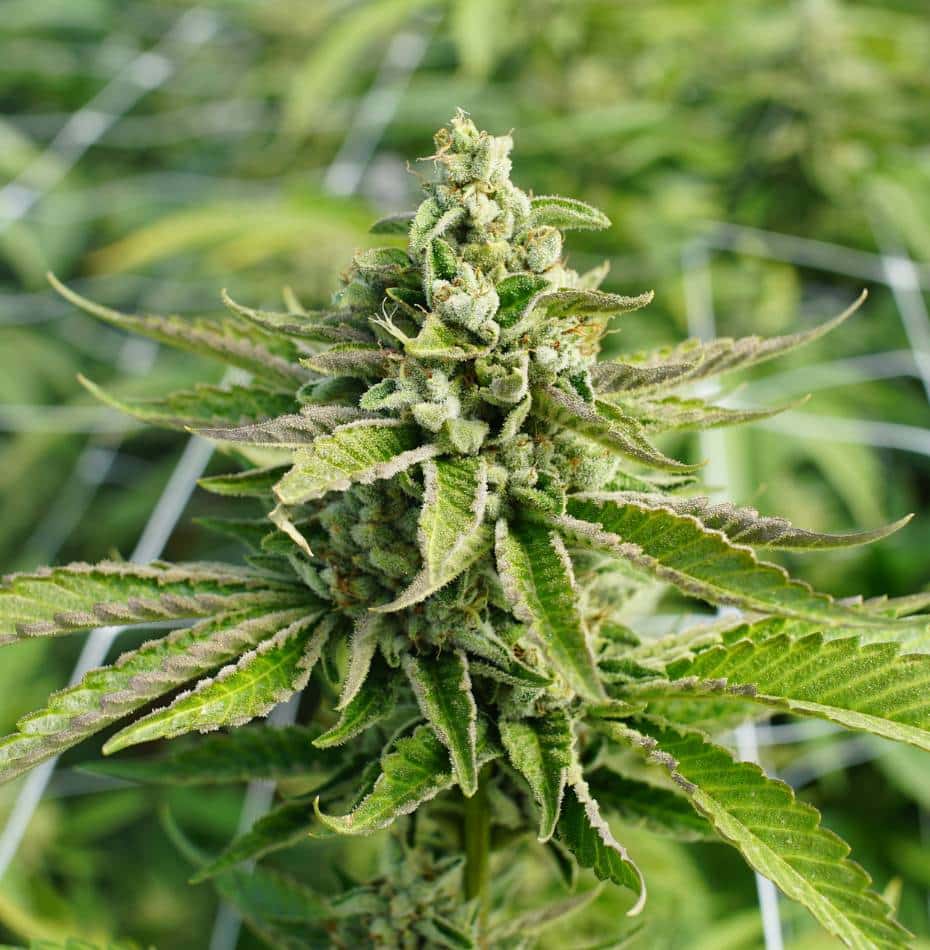
Origins
Afghan Kush has a long and rich history, hailing from the majestic Hindu Kush mountain range, which spans Afghanistan and Pakistan. This ancient and mystical landscape has nurtured the growth and development of the strain, providing it with a robust genetic heritage. This strain is undoubtedly worth a try if you want to know what pure landrace varieties are like!
Growing conditions
As a landrace strain, Afghan Kush is resilient and robust, highly resistant to common diseases, pests and moulds. It thrives in indoor and outdoor environments, with a preference for warm, sunny climates. A few simple tricks, such as adding nitrogen fertiliser and trimming the top of the plant, will ensure better growth and yields. Afghan Kush plants typically only reach a height of 60-90 cm, making them suitable for indoor cultivation where space is limited.
Within a short time, usually 7 to 8 weeks, growers can expect 450 grams per square metre indoors and around 600 grams per plant outdoors.
If you are looking for other sturdy strains that are easy to grow, check out our extensive strain library for more inspiration.

